If you need the sweet and salty flavors from popcorn at the same time, you must taste kettle corn. Although it can give your tastebuds a joyride of a lifetime, you should be aware of a couple of things if you have gluten allergies. And you must also ask yourself, “Is kettle corn gluten free?”
Traditional kettle corn is a variant of popcorn popped with sugar and salt in a cast-iron kettle. It is made with naturally gluten free ingredients. But the flavored ones may have gluten content in the flavorings. You should also be careful about cross-contamination.
So, is kettle corn healthy like regular popcorn? Can you eat it regularly? To get more insight, read on!
Table of Contents
Is Kettle Corn Gluten Free?
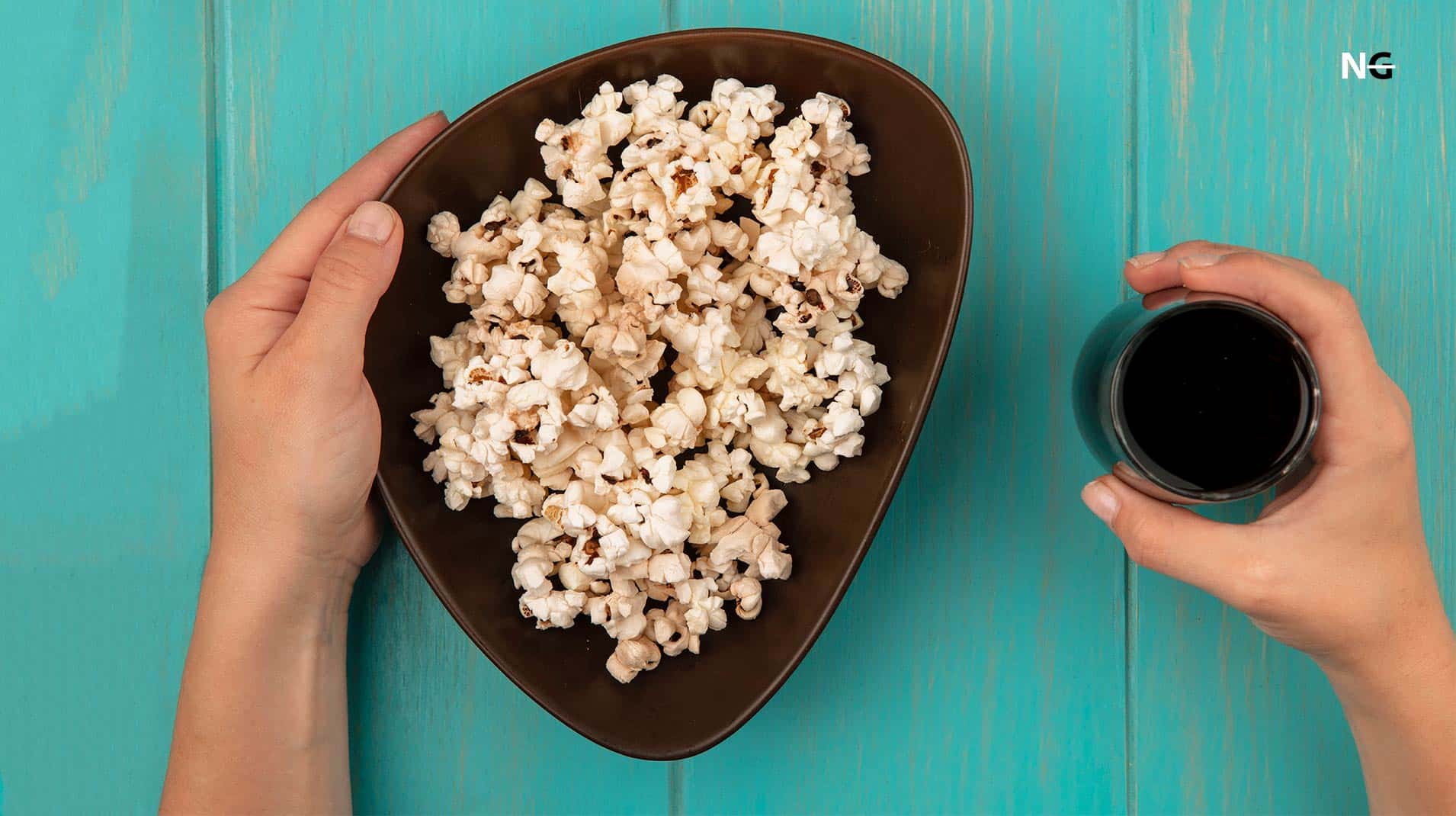
Kettle corn, like every variant of popcorn, is primarily made with corn kernels that are naturally gluten free. Besides, the traditional variant of kettle corn comes with just sugar and salt, which are also gluten free. So, if you are consuming the old-school kettle corn that is freshly made at your home or in a shop, it is supposed to be gluten free.
However, most modern-day kettle corn varieties come pre-packed with artificial seasonings, preservatives, and flavoring agents. So, unless a company marks its product with a gluten-free label, there is always a chance that those additives may have gluten-rich ingredients.
Many of the synthetic flavoring agents that are primarily used to mimic the taste of meat and add a touch of bacon or ham to kettle corn items can have seitan, which is typically derived from wheat gluten. Barbecue- or buffalo-flavored kettle corn have flavorings that may contain wheat, rye, or other malt-based ingredients, making them gluten-rich products.
On top of that, most of the companies also mass-produce their kettle corn in a production facility that is shared with their other line of products. So, there is always a chance of cross-contamination. If you have gluten allergies, it is better to consume only those packaged kettle corn with an official “gluten free” label.
How To Check Gluten Content In Kettle Corn?
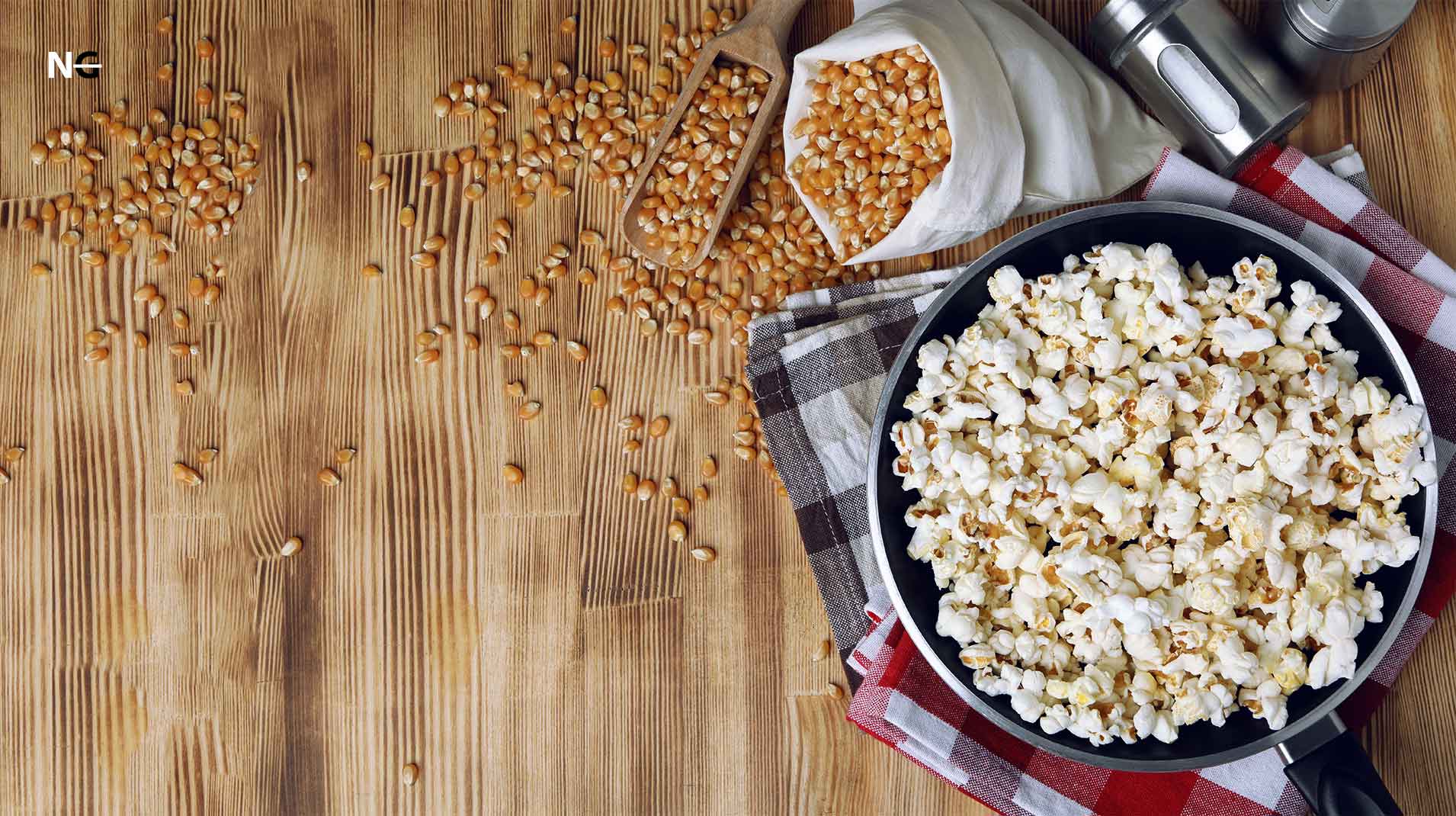
To know whether kettle corn is gluten free or not, you should know how to identify gluten ingredients in any kettle corn. According to the U.S. Food and Drug Administration, any product that has below 20 PPM gluten content in a single serving is marked as gluten free. And those products should contain the “gluten-free,” “without gluten,” or “no gluten” label on them.
Traditional kettle corn (typically found in fairs and local stalls) doesn’t bear the “gluten free” label. But it usually only comes with sugar and salt, which are inherently gluten free in nature. But you need to be extra sure about the packaged kettle corn varieties that are now available in supermarkets and grocery stores.
Almost all the mass-produced packaged kettle corn options are susceptible to cross-contamination. You also need to ensure that the product is manufactured and stored in a certified gluten-free facility. Besides, you should check the oil used to pop the kernels, as malt-extracted oils are also used in packaged kettle corn.
Most of the meat-flavored kettle corn varieties with the taste of bacon or ham have Seiten content in them in the form of flavoring agents. And Seiten is derived from wheat gluten. Besides, you shouldn’t consume barbeque or buffalo-flavored kettle corn, as those may also contain gluten ingredients. So, it is better to check the “gluten free” labels before trying any flavored kettle corn.
What Exactly Is Kettle Corn?
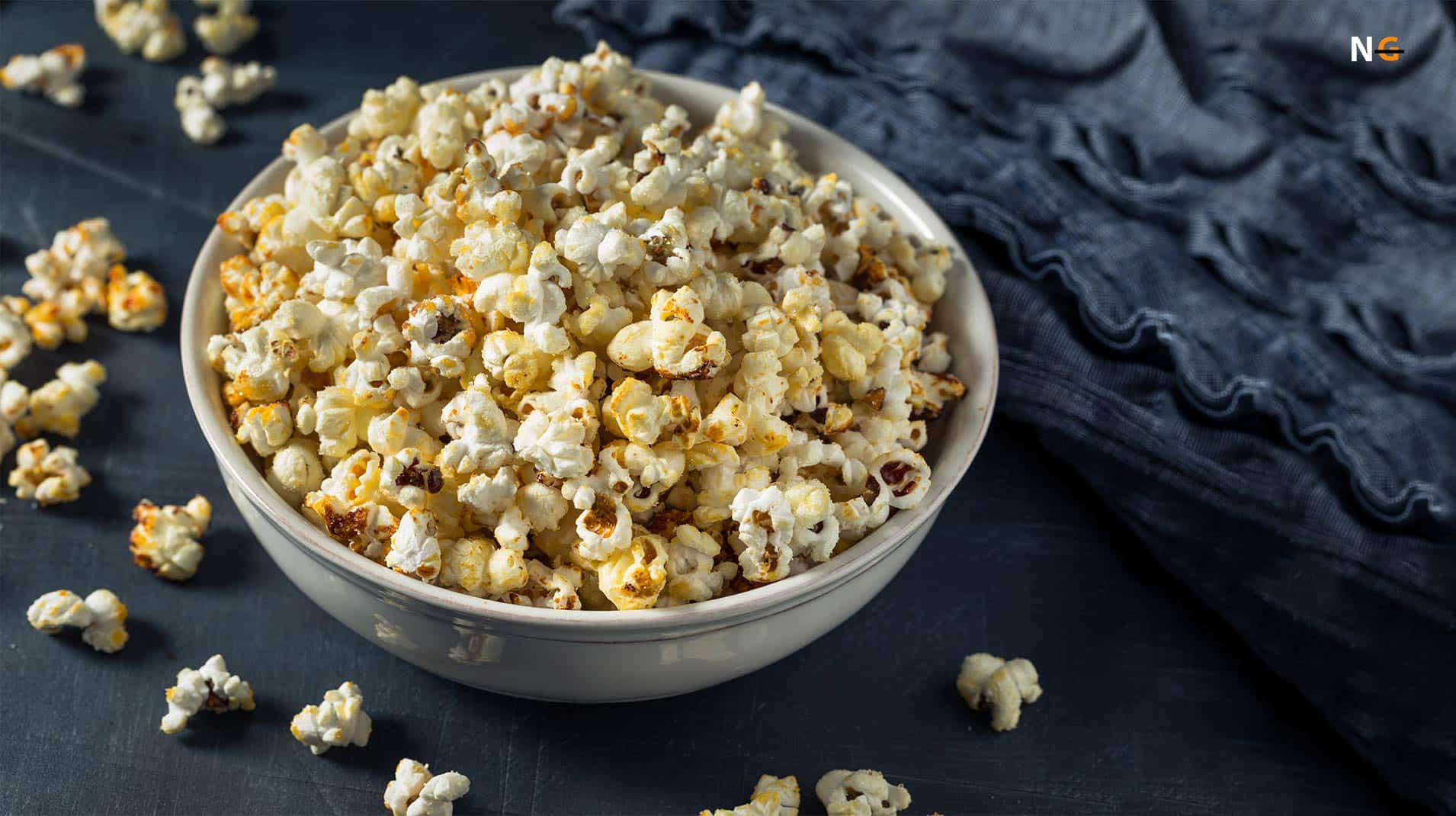
Kettle corn was first introduced in the United States way back in early 1700. However, Americans are not the inventor of this delicious snack, as the Dutch people first made this. The mention of traditional kettle corn was first found in Dutch diaries dated back to 1776 in Pennsylvania.
Traditionally, to make kettle corn, kernels are first tossed in vegetable oil, and then sugar and salt are added to it. While cooking, sugar first starts to caramelize and forms a syrup. Oil, on the other hand, helps to develop a thin layer of the caramelized syrup on the corn kernels. However, the traditional method needs continuous stirring, as sugar may start burning.
The modern version of kettle corn uses a different way. In this method, kernels are first popped to make fresh popcorn. And then, sugar syrup was added to make a thin layer all over those popcorn. And in the final stage, salt is added to give it the iconic taste and texture.
The modern version of kettle corn became popular throughout the United States during the 1970s. And since then, kettle corn stalls have become one of the staple things in carnivals, local fairs, festivals, and even in farmer’s markets.
Alongside this, you may come to know about Candy Corn which is a similar kind of snack. If you want to try this, don’t forget to check if it’s celiac disease safe.
Is Kettle Corn Vegan?
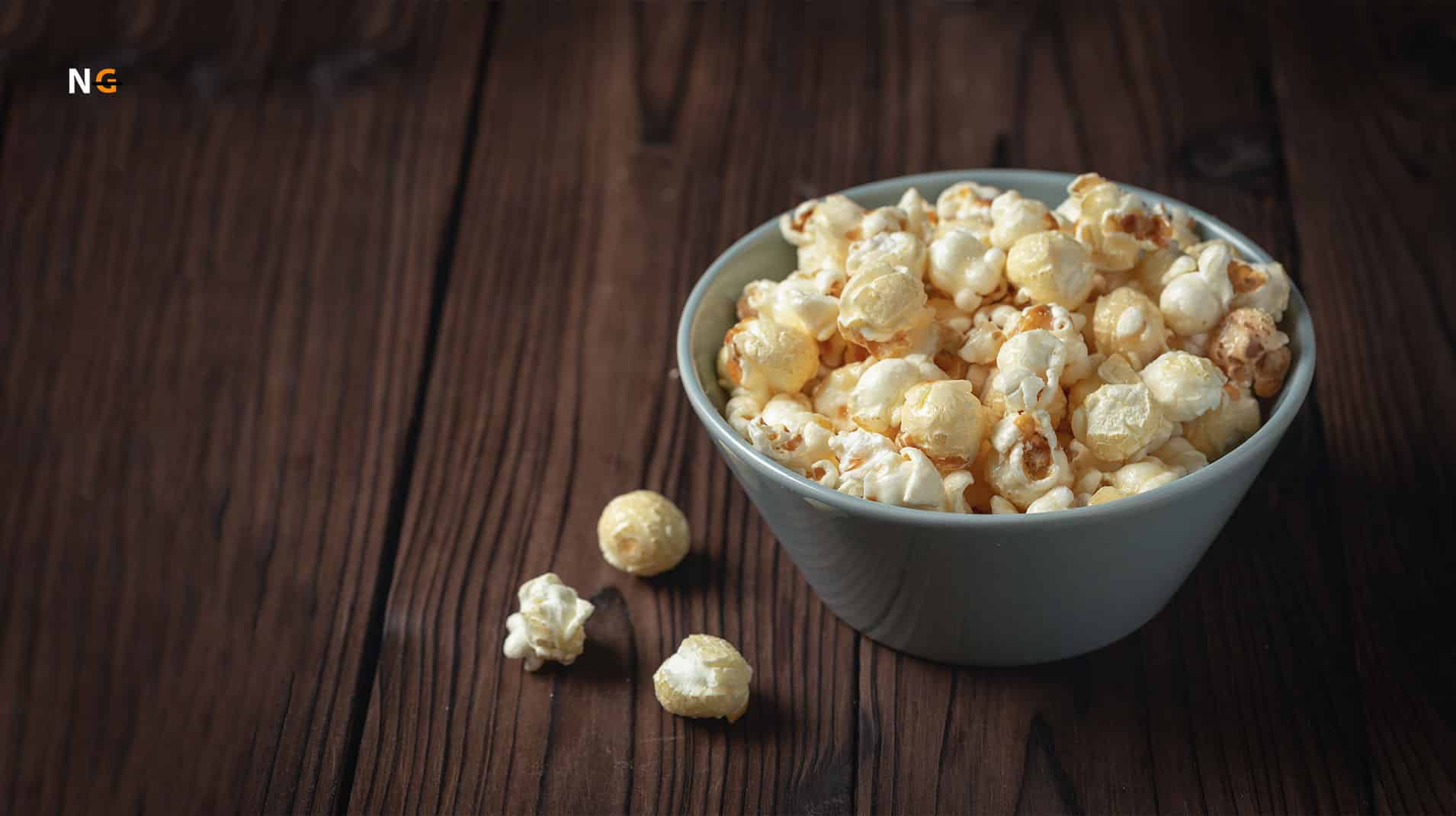
Celiac patients and people having gluten allergies are concerned to know, “is kettle corn gluten free?” Meanwhile, vegans may face other issues while taking this sweet and savory ride. Traditional kettle corn is not just gluten free but also completely vegan, as popcorn, oil, sugar, and salt are the only ingredients and are derived from plants.
However, the modern packaged variants come with many other seasonings and flavoring agents that may have animal-derived ingredients in them. Besides, several packaged kettle corn varieties use sugar that may be produced through a bone charring method.
Animals are often used to churn the sunflower seeds to derive the oil used in kettle corn. The edible oil industry is heavily criticized for animal cruelty, especially by the vegan community. Some of the flavored kettle corn options also used butter in them to enhance the flavor. Besides, cheese-flavored kettle corn is also available, and it contains milk-derived ingredients.
So, if you want to be completely sure about the vegan status of any kettle corn, you must look for the “vegan” label on it. Besides, you should check the ingredients to know if any animal-based products (such as cheese powders and milk concentrates) are used to make the product.
Best Gluten Free Kettle Corn Brands
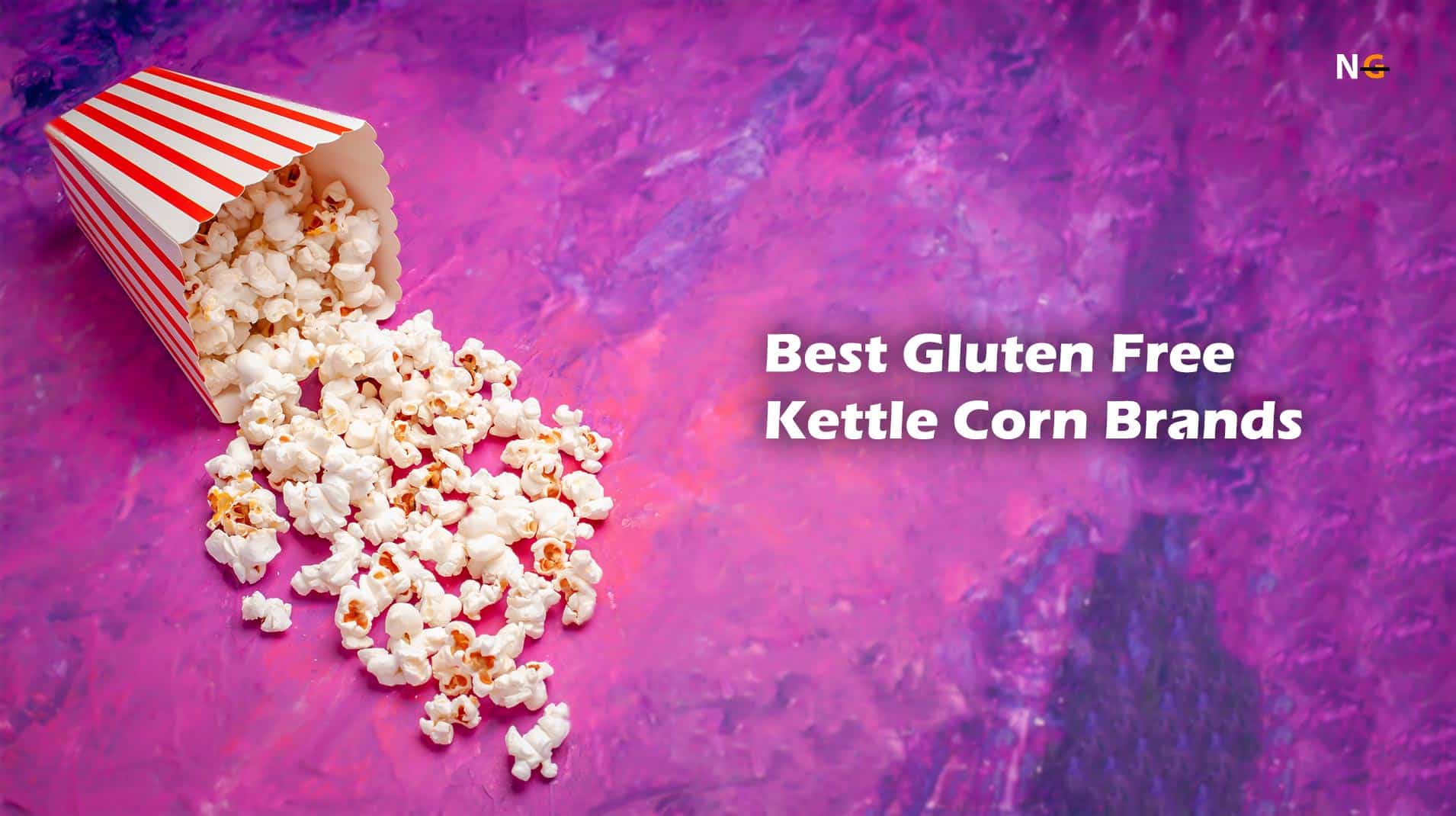
You can’t blindly trust most of the kettle corn brands, as they may have gluten content in their seasoning and flavoring agents. However, five such amazing brands exist that are officially certified as gluten free kettle corn.
a) Act II Buttery Kettle Corn: A single serving of this delicious goodness has just 150 calories in it. Besides, it has 8 grams of fats (4 grams of saturated fat, 1 gram of monounsaturated fat, and 2.5 grams of monounsaturated fat), 20 grams of carbohydrate, and 2 grams of protein.
b) Orville Redenbacher’s Gourmet Popping Corn: A single serving of Orville has just 120 calories and doesn’t have any added sugar. Besides, it has 1.5 grams of fat, 29 grams of carbohydrate, 6 grams of dietary fiber, and 4 grams of protein. It is also rich in iron (0.9 mg).
c) Jolly Time Kettle Mania: A single serving of Kettle Mania from the house of Jolly Time has just 45 calories. It has just 3 grams of fat (1.5 grams of saturated fat), 4 grams of carbohydrate, and 1 gram of dietary fiber. Besides, it also has 40 mg of sodium in it.
d) Angie’s BOOMCHICKAPOP Sweet And Salty: A regular serving of Angie’s have just 140 calories in it, while 70 calories come from fats. It has 8 grams of fat, 18 grams of carbohydrate, 2 grams of dietary fiber, 8 grams of sugar, 1 gram of protein, and 110 mg of sodium.
d) Black Jewell Popcorn Kettle: The typical serving of Black Jewel has around 120 calories. Besides, it has 21 grams of carbohydrate, 4 grams of dietary fiber, 5 grams of fat (2 grams of saturated fat), 3 grams of protein, 200 mg of sodium, and 0.9mg of iron.
Home-Made Gluten Free Kettle Corn Recipes
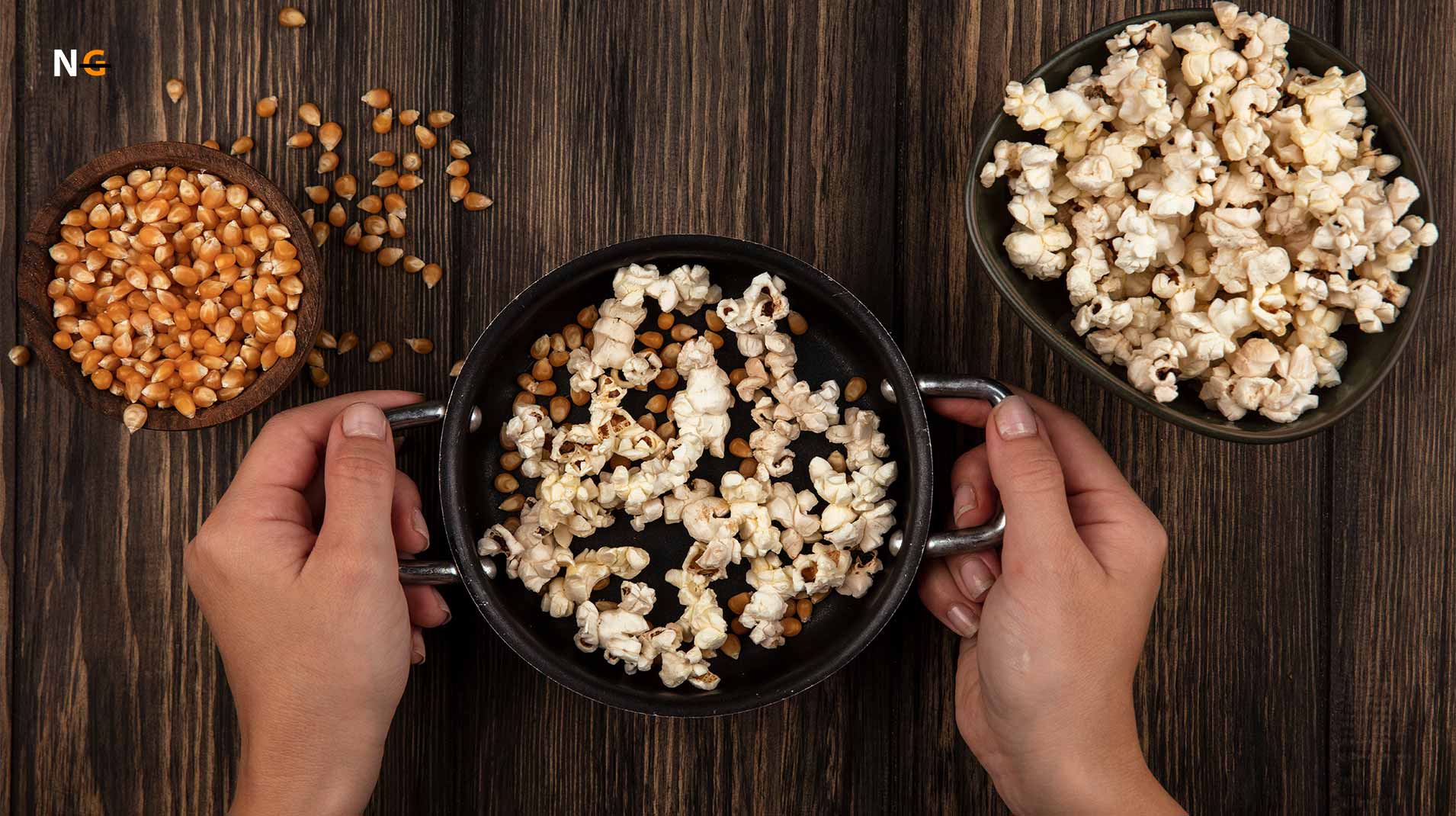
For people having doubts about whether kettle corn is gluten free or not, it is better to make traditional kettle corn right in your own kitchen. It takes hardly 5 minutes to prepare and will surely give your taste buds the joy of a lifetime.
Ingredients:
- White popcorn kernels: ½ cup (hull removed)
- Coconut oil: 2 ½ tbsp
- Sugar: 2 tbsp (white)
- Sea salt: ½ tsp
Procedure:
- Put a large thick-bottomed kettle or stovetop popper with a stirrer on medium-high heat.
- Add coconut oil and sugar inside the heated kettle.
- Once the sugar starts to melt, add the corn kernels. Mix them well with the sugar.
- Keep stirring until you see the first few corn kernels pop.
- Put the lid on and wait for all the kernels to pop.
- Shake the pot until the popping stops. Or, if you have a popper vessel with a stirrer, crank the stirring paddle to move the kernels and sugar inside.
- Once the popping becomes slow and infrequent, slightly open the lid to vent the steam.
- Pour pop corn on a baking sheet and add salt according to your taste.
Note: Kettle corn is traditionally enjoyed fresh and hot. So, you shouldn’t make kettle corn in large quantities. Instead, make it in small batches and consume it while it’s still warm.
Final Words
Kettle corn, whether made in your kitchen or at a carnival stall, is always delicious. But is kettle corn gluten free? Although the traditional variety is naturally gluten free, the modern-day variants, especially the packaged ones, come with different seasonings and flavoring agents that may contain gluten ingredients.
Besides, if the kettle corn is not produced and stored entirely in a gluten-free facility, there’s a chance for cross-contamination. Look for the “gluten free” label on your favorite kettle corn, or check the ingredients list first to identify any trace of gluten-rich ingredients. So, to avoid gluten, you may have to avoid some of the packaged ones, especially the flavored ones.
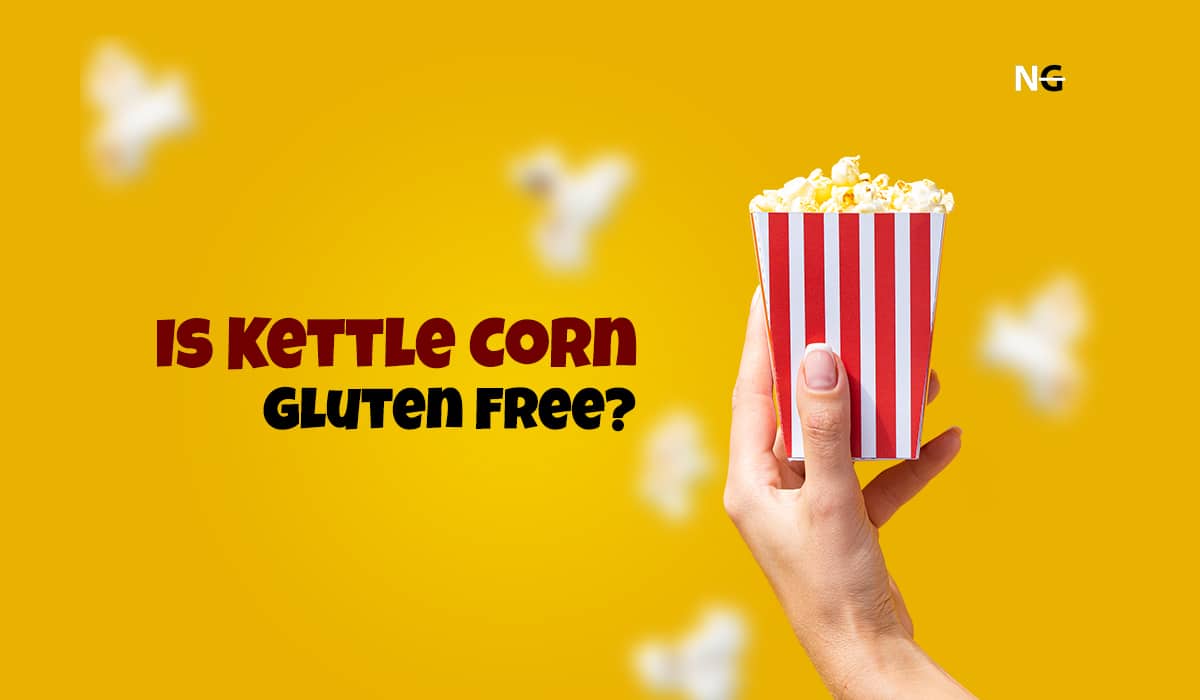

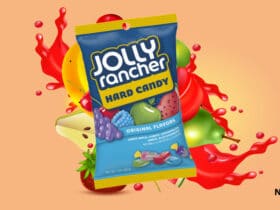
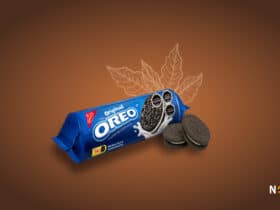
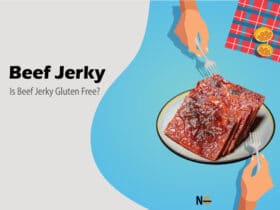
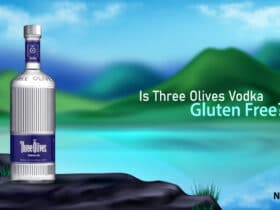
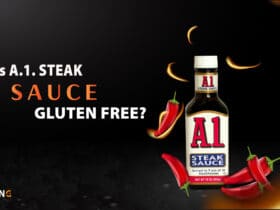
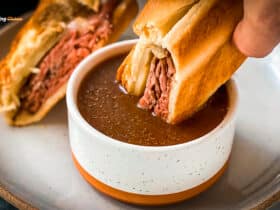
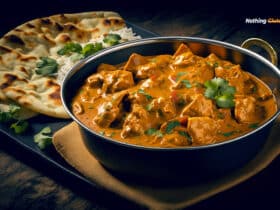
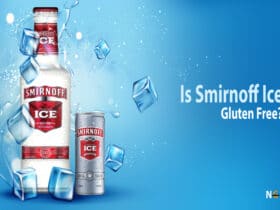
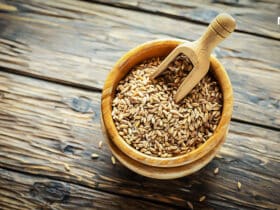
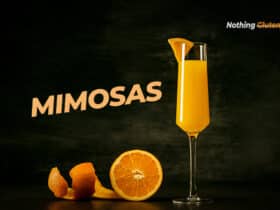
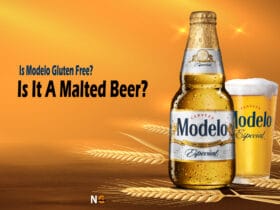
Leave a Reply
View Comments